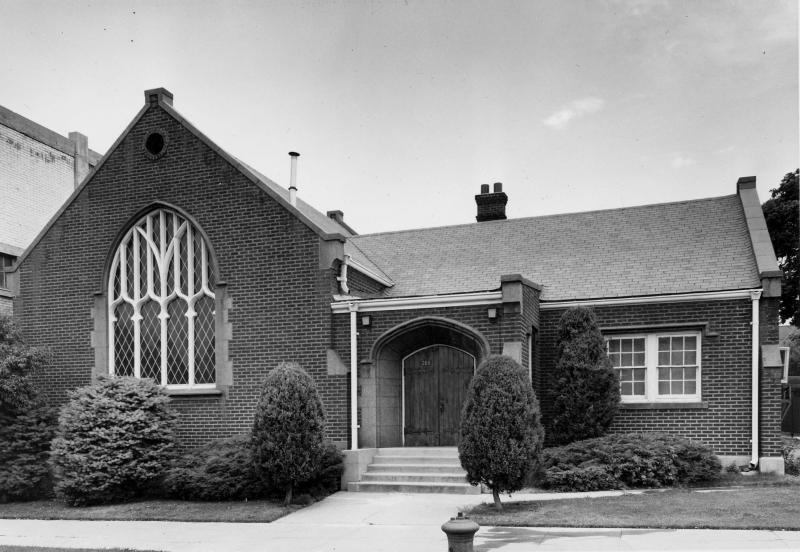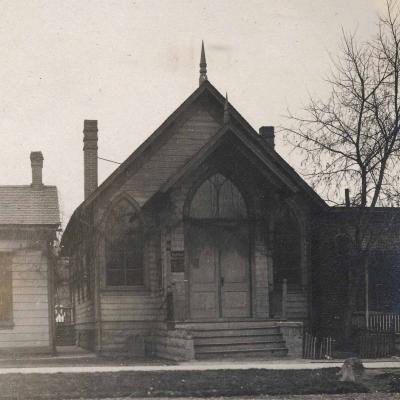Further immigration
As Utah became a center of mining after the Civil War, people arrived from diverse parts of the globe. The construction of the transcontinental railroad brought Chinese workers to Utah from the west and Irish laborers from the east, and some of these settled in Utah. Immigrants from various European countries often established churches that catered to their nationality and held services in their native languages. Jews were here early and organized their first congregation, B’nai Israel, in 1881, and dedicated the first synagogue in 1891. Greek immigrants worked in the Utah mines and built a vibrant Greek Orthodox community in Salt Lake City. Later, Japanese farmers and merchants would build new lives in Utah, and a second wave of Japanese settlers came during World War II, when they were evacuated from West Coast states. Finally, after the relaxation of immigration rules in the 1960s, people of ever-more-diverse origin came to America, some settling in the Salt Lake area. Each new group’s arrival led to the establishment of religious communities and the necessary buildings for meeting and worship.



